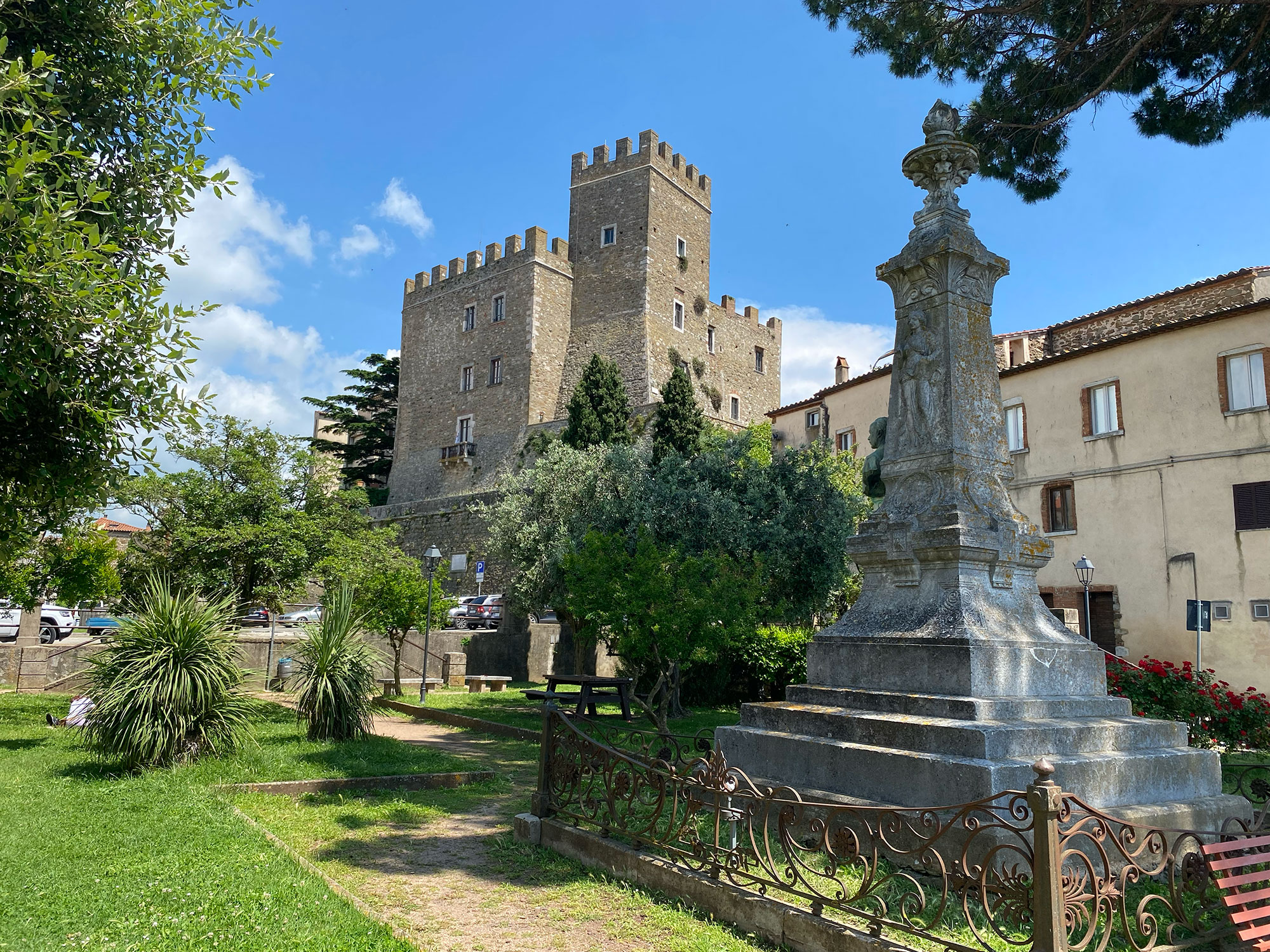
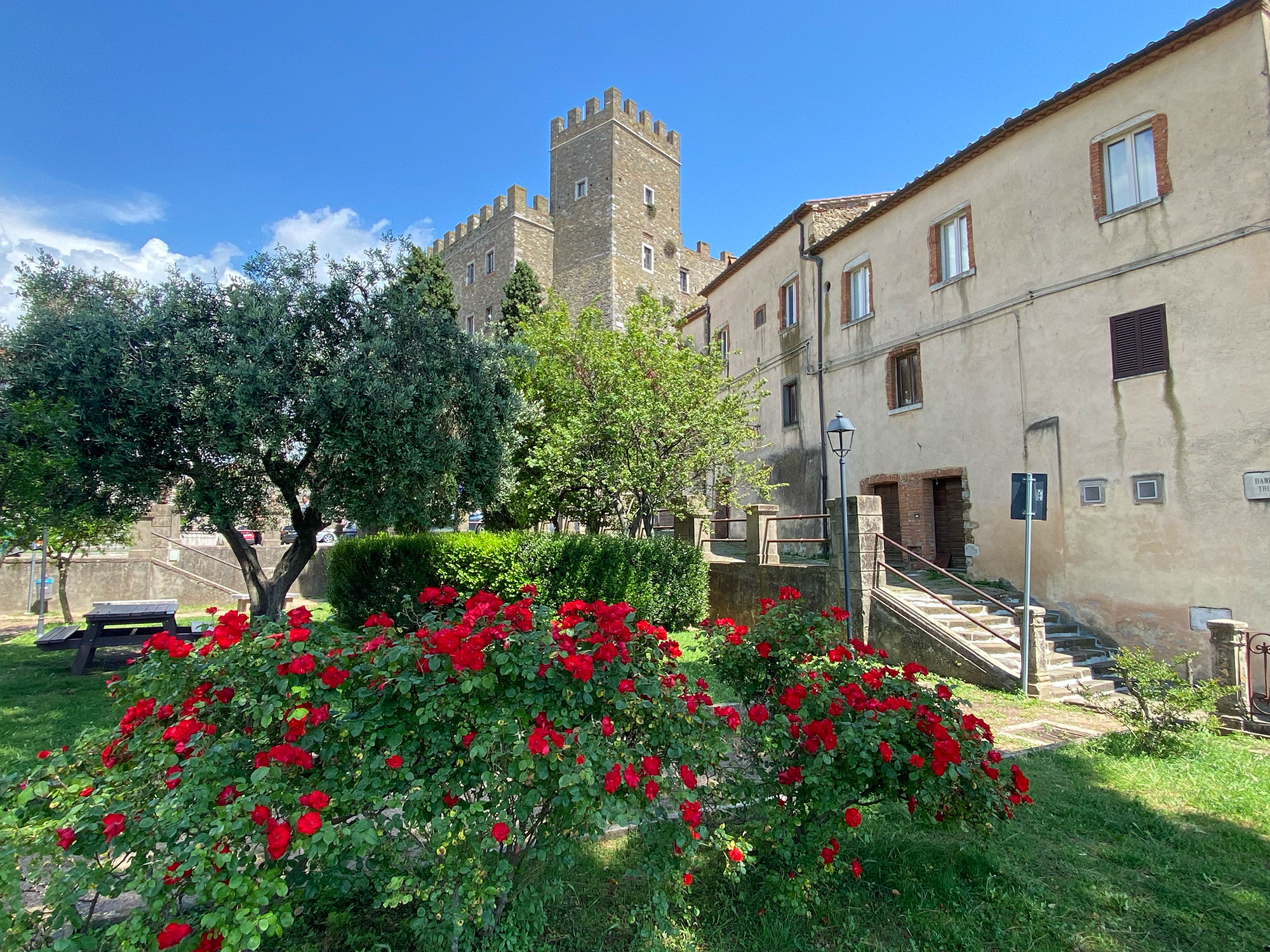
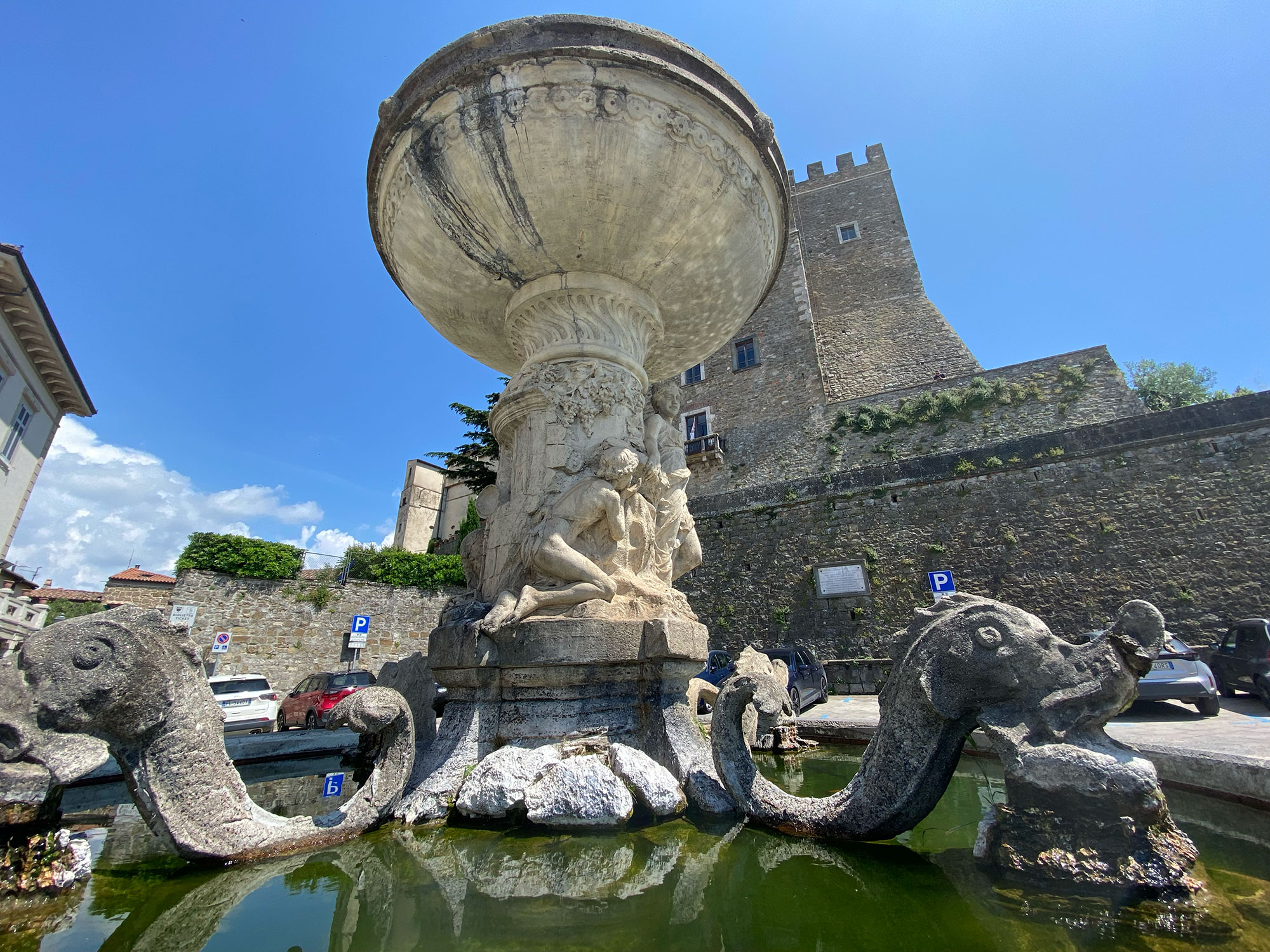
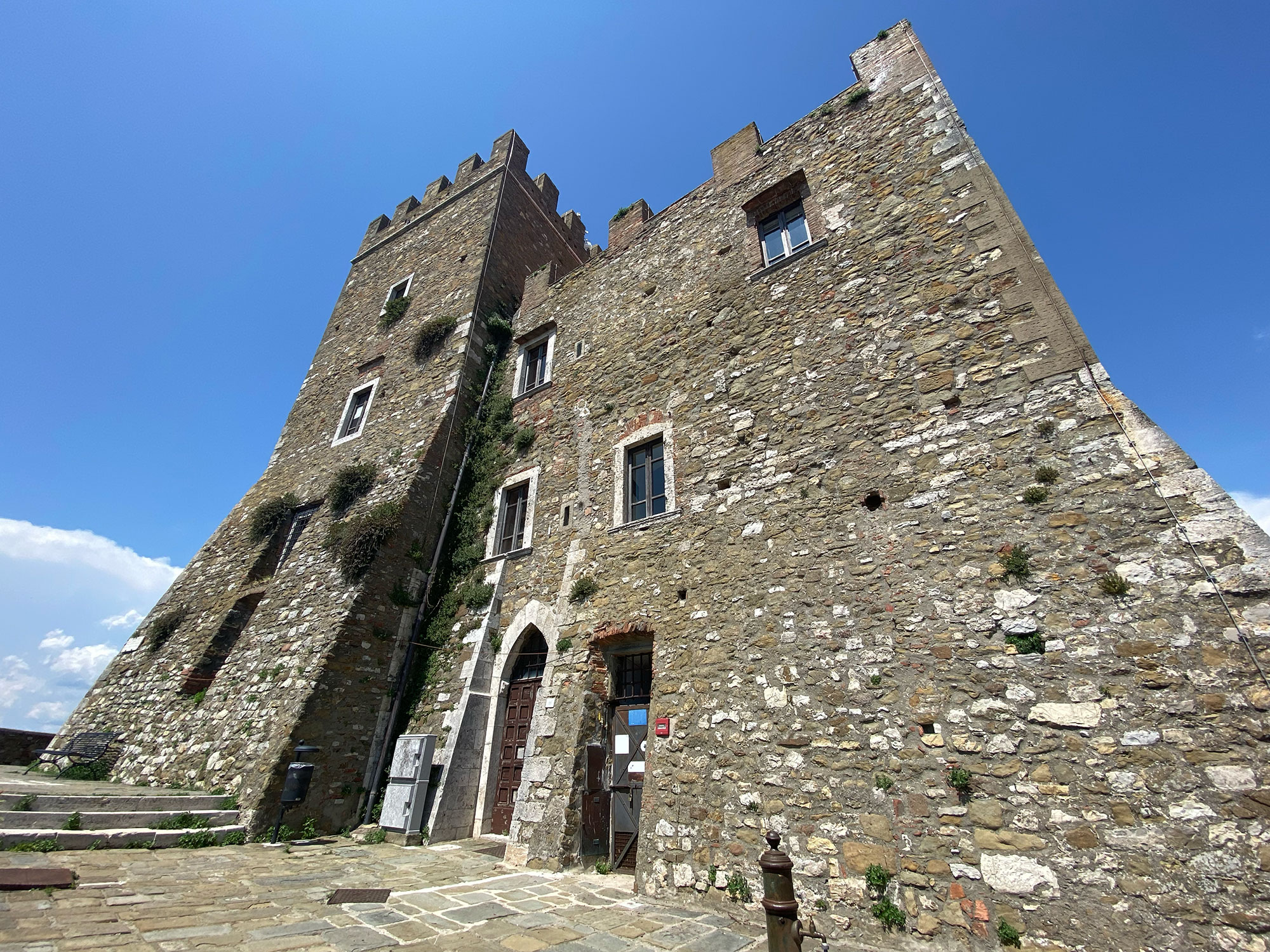
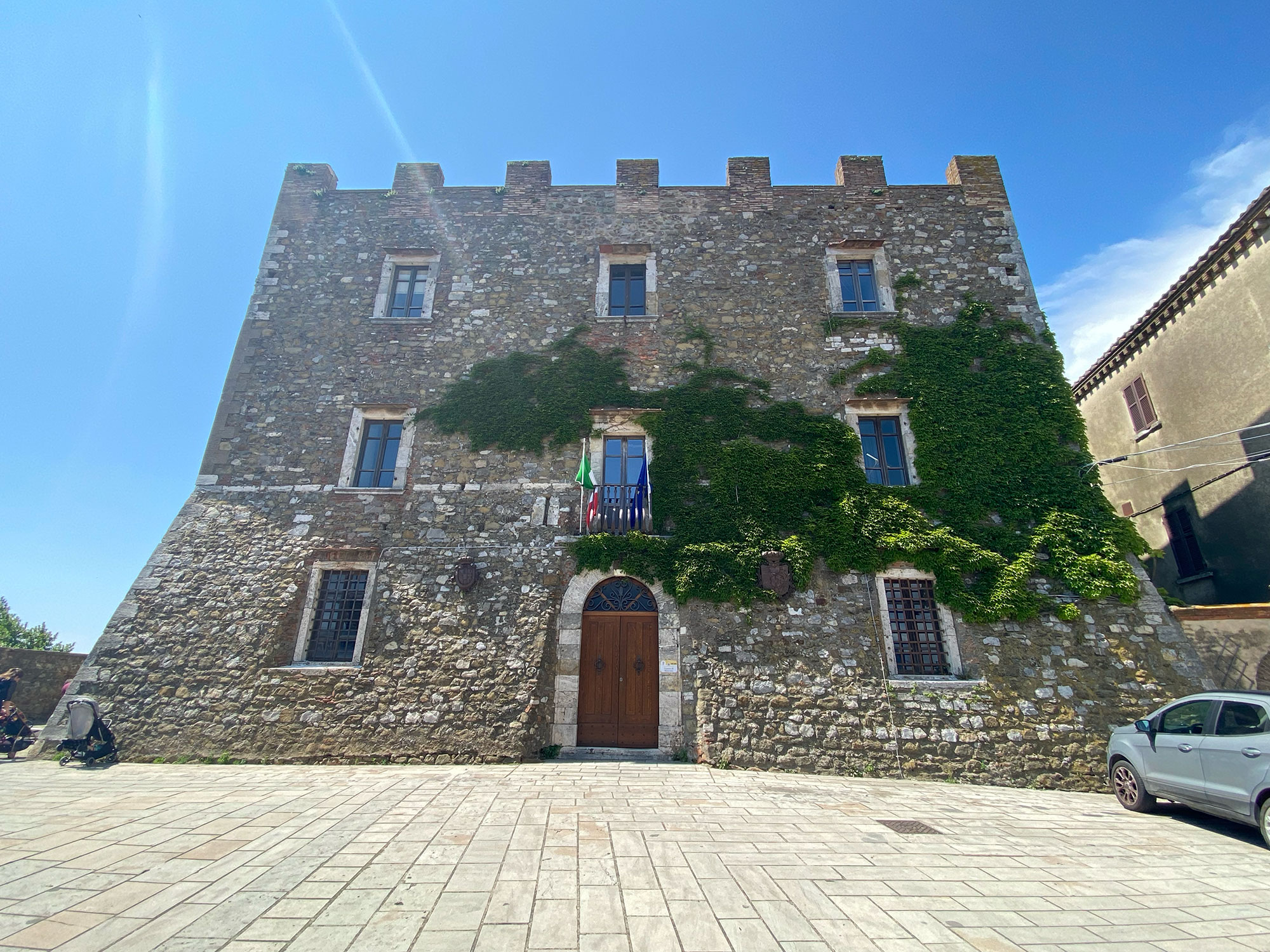
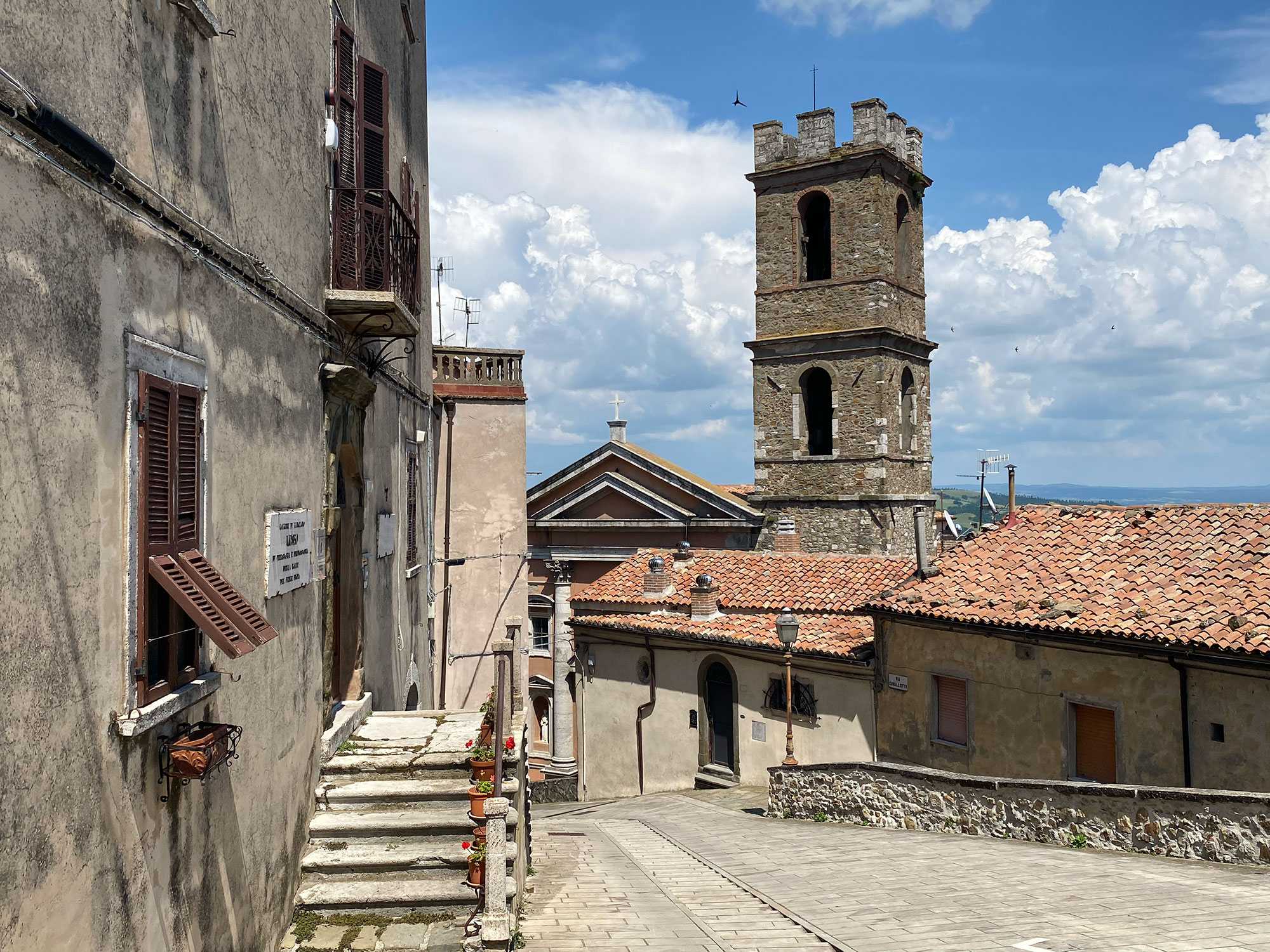
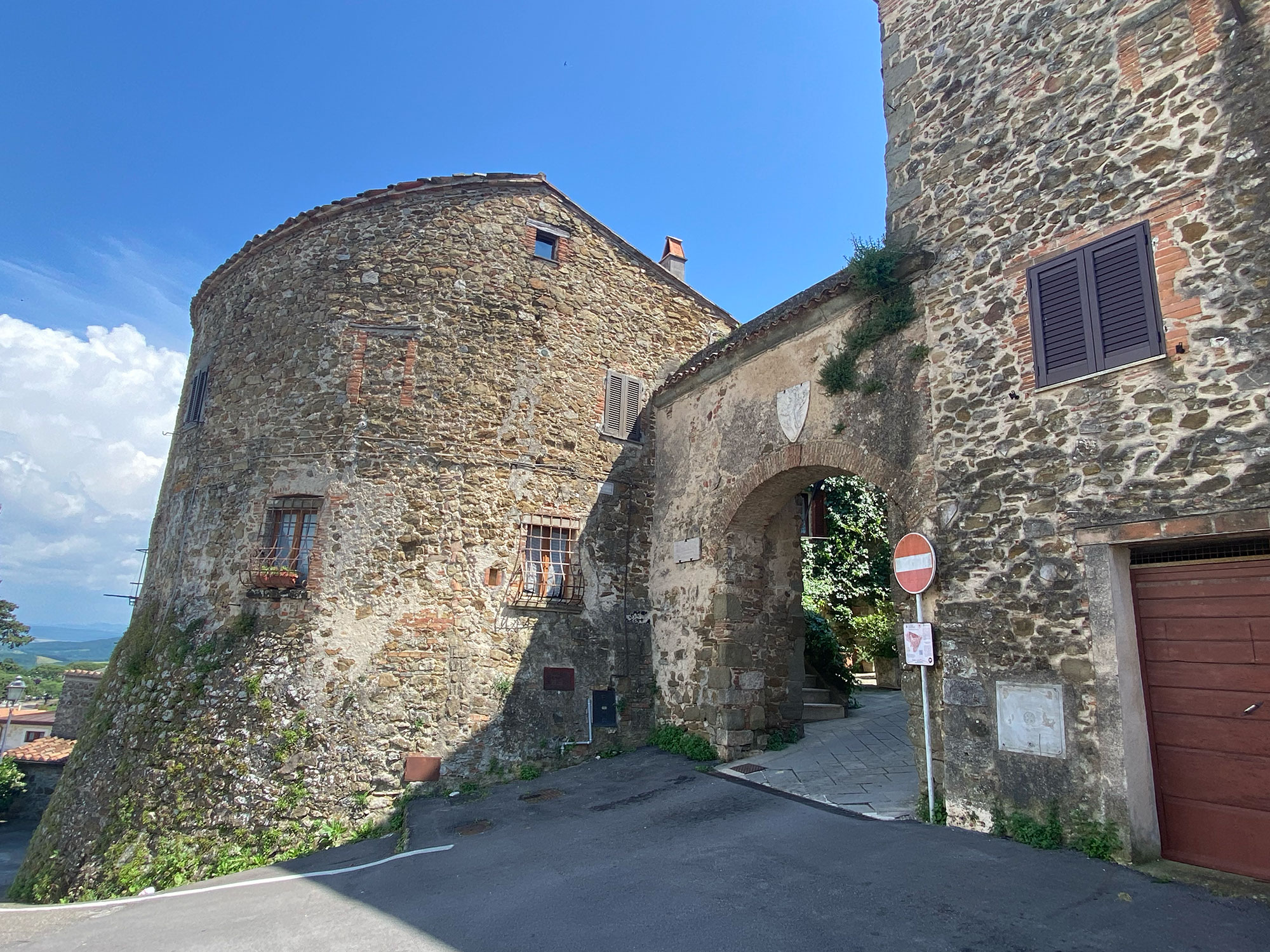







How to reach
The Rocca, today seat of the Town Municipality, is in the historic center of the city.
History
The first notices of the Manciano castle, situated on a hill in the valley of the river Albegna, are in a document of the year 1118 signed by Pope Clemente III° regarding the near church of Sovana.
At the beginning of the 13th century, Manciano entered the dominion of the counts of the Aldobrandeschi family, which erected the fortress, and it remained under their influence until the first years of the 14th century.
During this time, the castle was contended between the Free Commune of Orvieto and the counts of the Orsini family first, between these last ones and the Sienese Republic then. This dispute ended with the definitive assignment of Manciano to the Orsini, although under the control of the powerful city of Siena.
To the top of the inhabited area rises the mighty fortress, still endowed with battlements, with a rectangular plan similar to one of the great fortifications of the area, and a beautiful squared tower on the southwest side.
Today, the building is the seat of the city municipality and is surrounded by buildings of recent construction. Its destination let go of the original aspect of the fortress; the mighty walls are our days, gifted with rectangular windows and a small terrace, but all these years of public use have let it come in a good state for us.
The walls of Manciano were constructed in the 13th century by the Aldobrandeschi and remodelled in the 15th century by the Sienese. Only two of the original eleven watchtowers are still clearly visible; the rest have been integrated into structures that are used for other purposes. These are the Torre di Porta Fiorella, which is located above the same-named gateway, and the Torre della Rampa, which is located along Via Trento.